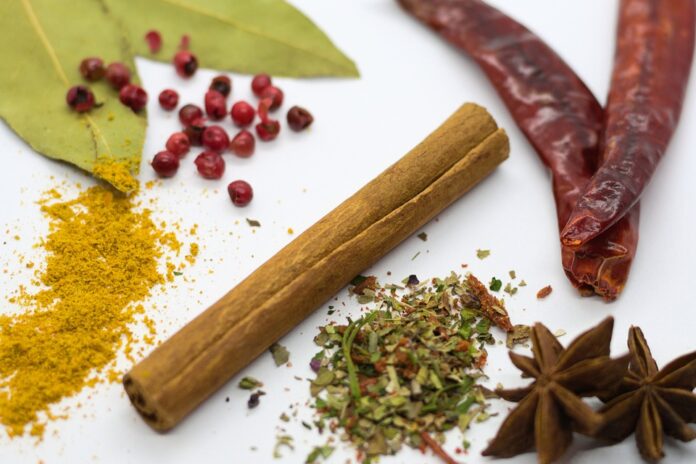The Future of Food Packaging: Recyclable, Compostable, and Renewable
Introduction
In recent years, there has been a growing demand for sustainable packaging solutions in the food industry. Consumers are becoming more aware of the environmental impact of traditional packaging materials such as plastic, and are actively seeking out eco-friendly alternatives. As a result, the future of food packaging is moving towards recyclable, compostable, and renewable materials that are not only better for the planet but also for human health.
Current State of Food Packaging
The food packaging industry is currently dominated by materials such as plastic, which are cheap to produce but have a significant negative impact on the environment. According to the Ellen MacArthur Foundation, more than 8 million tons of plastic are dumped into the ocean every year, posing a serious threat to marine life and ecosystems. In addition, plastic packaging contributes to greenhouse gas emissions and takes hundreds of years to break down in landfills.
Recyclable Packaging
Recyclable packaging is one of the most popular alternatives to traditional plastic packaging. Materials such as paper, cardboard, glass, and aluminum can be easily recycled and reused, reducing the amount of waste that ends up in landfills. Companies like Tetra Pak have been leading the way in recyclable packaging solutions, with their carton packages made from 100% recyclable materials. These packages are not only environmentally friendly but also help to extend the shelf life of food products.
Compostable Packaging
Compostable packaging is another sustainable option that is gaining popularity in the food industry. These materials are designed to break down quickly and naturally in composting facilities, leaving behind nutrient-rich soil that can be used to grow new crops. Companies like Vegware and Ecovative Design are producing compostable packaging made from materials such as plant-based plastics and mushroom mycelium. These innovative solutions are not only biodegradable but also help to reduce the carbon footprint of food packaging.
Renewable Packaging
Renewable packaging materials are derived from sustainable sources such as bamboo, sugarcane, and corn. These materials are renewable, meaning they can be replenished and grown again without causing harm to the environment. Companies like NatureWorks have developed bioplastics made from corn starch that are biodegradable and compostable. These renewable packaging solutions are not only eco-friendly but also help to reduce the reliance on fossil fuels in the production of traditional plastics.
Industry Insights
The shift towards recyclable, compostable, and renewable food packaging is not only driven by consumer demand but also by regulatory pressure. Many countries around the world are implementing strict regulations on single-use plastics and encouraging the use of sustainable packaging materials. According to Grand View Research, the global sustainable packaging market is expected to reach $399.1 billion by 2027, with a compound annual growth rate of 6.0%.
Conclusion
In conclusion, the future of food packaging lies in recyclable, compostable, and renewable materials that are better for the environment and human health. Companies that embrace sustainable packaging solutions will not only reduce their carbon footprint but also appeal to environmentally conscious consumers. As the demand for eco-friendly packaging continues to grow, it is clear that the food industry must adapt to meet these changing expectations. By investing in innovative packaging technologies and materials, companies can help create a more sustainable future for generations to come.




